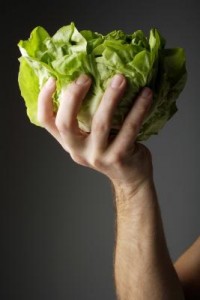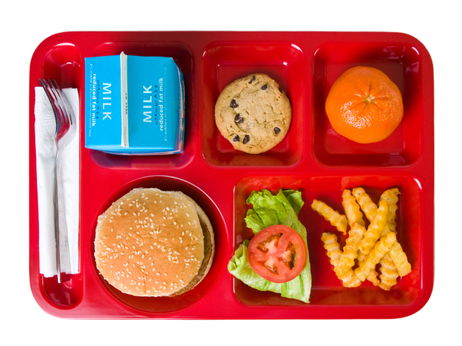
image courtesy from testcountry.com
Do you have difficulty falling asleep at night? Once you get to sleep, do you wake up frequently? Do you feel lethargic in the morning? Are you drowsy by midafternoon and unable to stay alert as you go about your day? If you answered yes to one of these questions, you may be one of the millions of people who are chronically sleep deprived and not even aware of it!
Practice good sleep hygiene by following these simple steps:
1. Make sleep a priority, like brushing your teeth, eating well and exercising regularly.
2. Avoid caffeine, nicotine and alcohol late in the afternoon and evening. Caffeine and nicotine can keep you from falling asleep, whereas alcohol interferes with overall sleep quality and can cause you to wake during the night.
3. Avoid large meals several hours before bed, and “don’t dine after 9” as a general rule. A light snack, however, may help you sleep, particularly if you are really hungry. Also, foods containing tryptophan (e.g., milk) have sleep-promoting properties.
4. Develop a sleep ritual. Following a routine just before going to bed signals to your body that it’s time to settle down for the night. Try reading a book, listening to music or practicing nightly relaxation techniques.
5. Keep regular hours. Fall asleep and arise around the same time each day, even on weekends. Avoid napping unless you are sleep deprived.
6. Create a restful place to sleep. A cool, comfortable, dark room (not too hot or too cold), a comfortable mattress and pillow, and a room free of noise work best.
7. Use earplugs, an electric fan or a “white-noise” machine to block out sounds, if needed. If your pets disturb you during the night, put them in another room.
8. Exercise regularly. Physical activity can help relieve daily tensions and stress. However, refrain from exercising at least 3 hours before bedtime, because the beta endorphins secreted during a workout can keep you awake.
9. Take a warm bath before going to bed and try out some aromatherapy products that contain lavender or chamomile.
10. Avoid using your bed for anything other than sleeping or having sex.
original article from IDEA Fitness









